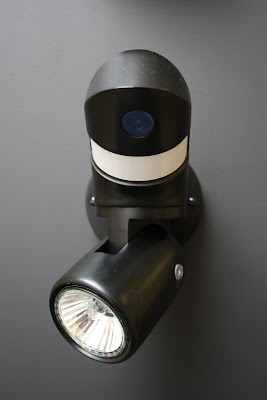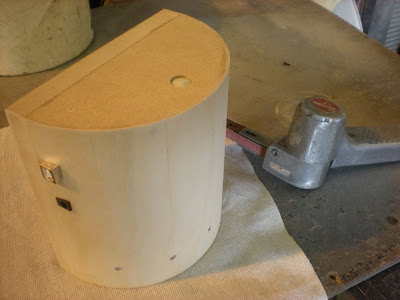Conclusion of my Honours year project
From the outset I wanted to create a product that would work.
It had to deter crime in a functional and practical way but convey some of the ideology that was uncovered during my research.
It also needed to address the reason I chose to do the project, which was because of the criminal activity on my father’s business.
I believe that the final product is a viable solution to the problem of business crime and that the product would also be able to transfer over to a residential market.
The primary intention of the final product is to deter crime by changing and influencing the two main areas of physical environment and psychological mindset.
The physical environment is changed by the light source, which illuminates only the intruder and the space immediately surrounding them without making visible the rest of the environment, which can make possible entry points visible to intruders.
The psychological level is affected by the moving light source which removes an aspect of control from the intruder. The inability to escape the light source would not only cause surprise and then discomfort but would hopefully cause the intruder to leave, rather than risk being seen or caught.
 This was the end result of a project for a client in Africa, who wanted to create a brand for his new company.
This was the end result of a project for a client in Africa, who wanted to create a brand for his new company.















































